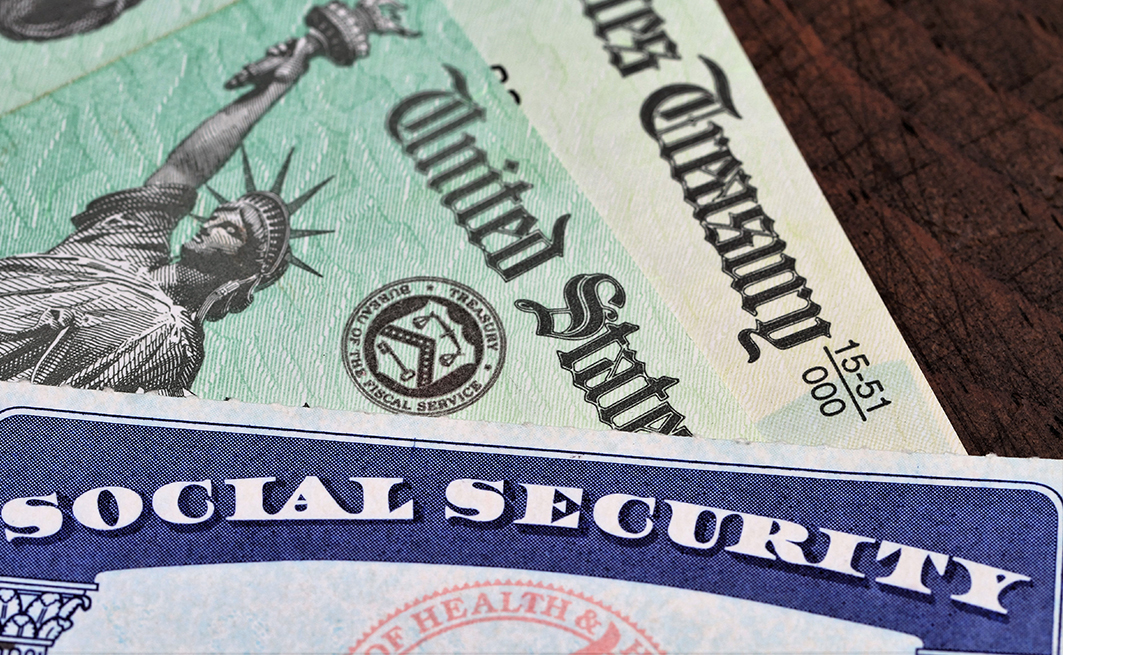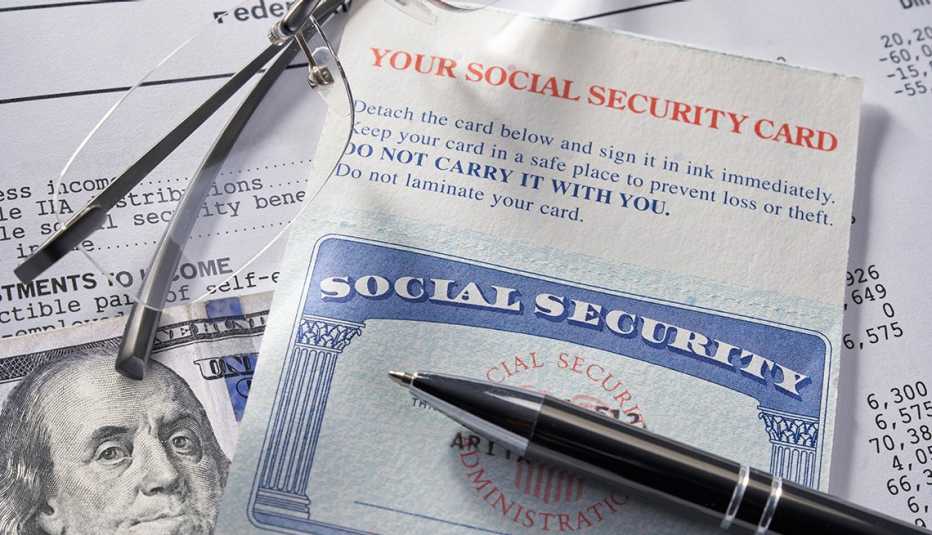Staying Fit
If you're a representative payee for someone who receives Social Security or Supplemental Security Income (SSI) benefits, you have plenty of jobs to do. The Internal Revenue Service (IRS) has added one more: offering assistance to your beneficiary with his or her $1,200 economic stimulus payment.
Representative payees are appointed by the Social Security Administration (SSA) to help certain Social Security and SSI recipients manage their benefits. They also keep records of all payments received and how they spent or saved them on behalf of the beneficiaries. Every year most representative payees have to file a report to the SSA on how the money was used. (Parents and legal guardians of a minor who lives in the house are exempt, as are parents and spouses of a disabled adult beneficiary.)
Social Security and SSI beneficiaries who filed a tax return in 2018 or 2019 should receive, or have already received, a $1,200 stimulus payment directly to the bank account indicated on their return. If no direct-deposit information was included on the return, a paper check will be mailed to the address the beneficiary listed on it. The payment will go directly to the beneficiary, not the representative payee.


AARP Membership— $12 for your first year when you sign up for Automatic Renewal
Get instant access to members-only products and hundreds of discounts, a free second membership, and a subscription to AARP the Magazine.
For Social Security and SSI beneficiaries who didn't file 2018 or 2019 tax returns, the IRS will use information the SSA provides to generate stimulus payments. In this case, representative payees will receive the stimulus payments on behalf of their beneficiaries in the same way they get monthly benefit payments — namely, by direct deposit, Direct Express debit card or paper check. SSA says the IRS started issuing stimulus payments electronically on May 22 to approximately 1.4 million SSI recipients with representative payees and 10.4 million Social Security beneficiaries with representative payees. Paper checks were scheduled to go out in the mail starting May 27.
Stimulus payments belong to beneficiaries
The SSA issued guidance to representative payees indicating that stimulus payments are not coming from the agency but from the IRS. As such, the payments belong to the beneficiaries, and representative payees are not responsible for managing the money. Because the stimulus payment isn't an SSA benefit, representative payees do not have to account for the payment or how it was spent in their annual report.
The SSA offers this advice: “A representative payee should discuss the economic impact payment (EIP) with the beneficiary. If the beneficiary wants to use the EIP independently, the representative payee should provide the EIP to the beneficiary. If the beneficiary asks the representative payee for assistance in using the EIP in a specific manner or saving it, the representative payee can provide that assistance outside the role of a representative payee."



































































